Neuronal Signaling
The neural signals directly characterize the meaning of the human self. Studying the neural signal provides an approach for understanding and identifying the human body. Nerve signals share some similar features with other human biological signals, but also have some of its unique features. According to the research in neurobiology, nerve signal, resembling a pulse electric signal, has a frequency of generally around 1 kHz and can be as high as 10 kHz. For example, for a bundle of movement nerves that control muscle, when there is potential impulse signal arriving, the muscle fiber will have contractile response. The contraction strength, depending on the difference of the impulse frequency of nerve, will have the strength difference.
Learning and memory is an important area of research, not only because they dominate the normal human behavior, but also because it plays an important role in the development of nervous system diseases and disorders, which includes addiction, anxiety, depression, schizophrenia and neurodegenerative diseases such as Parkinson's disease and Alzheimer's disease. At present, we haven’t achieved any significant efficacy for treatment aim to alleviate the learning and memory dysfunction. Therefore, pharmaceutical companies are quite interested in drug target which can improve the cognitive function including specific serotonin or serotonin receptors. What the serotonin system dominated are the specific brain regions which play an important regulatory role in the memory and learning processes.
This kind of neural domination is related the expression of a series of serotonin receptors (the drug target of serotonin). An important feature of the serotonin system is the universality of the neural domination of forebrain, which is originated from the discrete cluster located in raphe nuclei and the diversity of its receptors. The number of its receptors is up to 14, including 5-HT1A, 5 -HT4 and 5-HT6, and these receptors are all densely presented in the brain regions associated with learning and memory, and have impact on human cognitive impairment. Furthermore, selective agonist and/or antagonist compounds may take effect through acting on the three postsynaptic receptors to affect the clinical behavior patterns. These compounds, upon binding to the receptor, may also modulate neurotransmitter system instead of altering the release of 5-HT, thereby affecting the learning and memory.
GluR related chemicals are very popular. Ampakines, one kind of pyrrolidone derivatives, can act on α-amino-3-hydroxy-5-methyl-4-isoxazole propionic acid (AMPA) receptor with its upregulation may enhance the synaptic plasticity. Early results of clinical studies have indicated ampakines may have a role in schizophrenia. Similarly, D-serine and D-cycloserine can stimulate the glycine co-agonist site located in the NMDA receptor which is insensitive to strychnine on, but also can enhance NMDA receptor activity. Such agents can improve the conditioned reflex of the clinical fear, and may also moderately improve the negative reactions and cognitive dysfunction in schizophrenia. Dopamine receptor is a hot filed in neurology and psychiatry. Receptors (D1, D2, D3, D4 and D5) are related the physiological functions of catecholamine neurotransmitter dopamine. Dopaminergic neurotransmission have been used to study Parkinson's disease, schizophrenia, bipolar disorder, Huntington's disease, attention deficit hyperactivity disorder and Tourette syndrome.The target of the neurological and psychiatric studies also include H3 receptor antagonists, COX receptors, γ- secretion, Glu receptor, adrenergic receptor, acetylcholine receptor, P-gp, P2 receptors and opioid receptors.
- Structure:
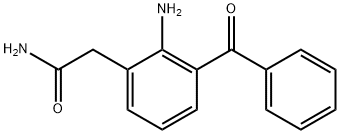
- Chemical Name:Nepafenac
- CAS:78281-72-8
- MF:C15H14N2O2
- Structure:
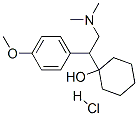
- Chemical Name:Venlafaxine hydrochloride
- CAS:99300-78-4
- MF:C17H28ClNO2
- Structure:
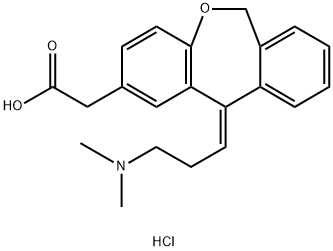
- Chemical Name:Olopatadine hydrochloride
- CAS:140462-76-6
- MF:C21H24ClNO3
- Structure:
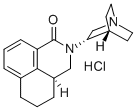
- Chemical Name:Palonosetron Hydrochloride
- CAS:135729-62-3
- MF:C19H25ClN2O
- Structure:
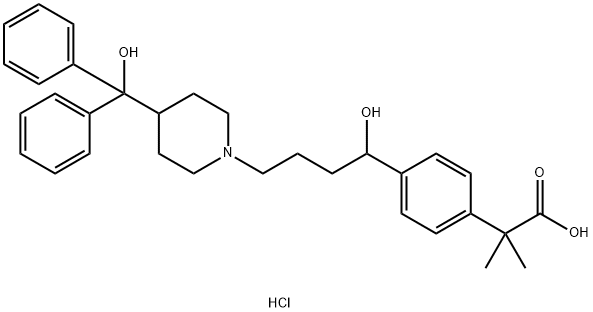
- Chemical Name:Fexofenadine hydrochloride
- CAS:153439-40-8
- MF:C32H40ClNO4
- Structure:
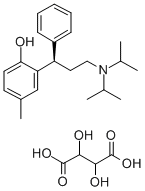
- Chemical Name:Tolterodine tartrate
- CAS:124937-52-6
- MF:C26H37NO7
- Structure:
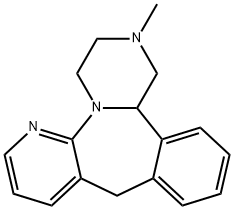
- Chemical Name:Mirtazapine
- CAS:85650-52-8
- MF:C17H19N3
- Structure:
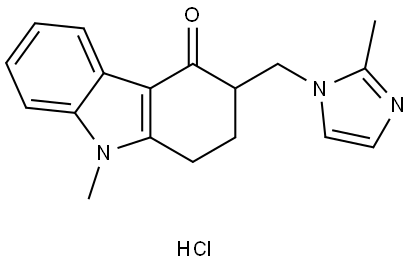
- Chemical Name:ONDANSETRON HYDROCHLORIDE
- CAS:99614-01-4
- MF:C18H19N3O.ClH
- Structure:

- Chemical Name:Histamine phosphate
- CAS:51-74-1
- MF:C5H12N3O4P
- Structure:
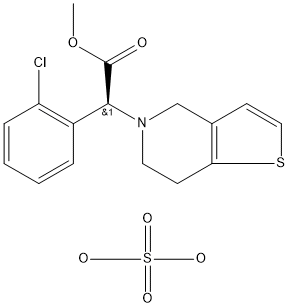
- Chemical Name:Clopidogrel Bisulfate
- CAS:120202-66-6
- MF:C16H16ClNO2S.H2O4S
- Structure:
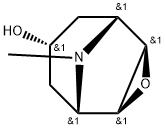
- Chemical Name:Scopine
- CAS:498-45-3
- MF:C8H13NO2
- Structure:

- Chemical Name:Synephrine hydrochloride
- CAS:5985-28-4
- MF:C9H14ClNO2
- Structure:
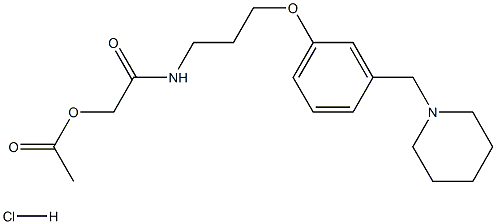
- Chemical Name:Roxatidine acetate hydrochloride
- CAS:93793-83-0
- MF:C19H29ClN2O4
- Structure:
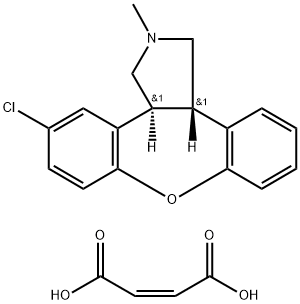
- Chemical Name:Asenapine Maleate
- CAS:85650-56-2
- MF:C21H20ClNO5
- Structure:
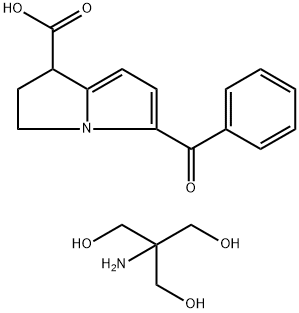
- Chemical Name:Ketorolac tromethamine
- CAS:74103-07-4
- MF:C19H24N2O6
- Structure:
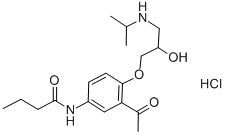
- Chemical Name:Acebutolol hydrochloride
- CAS:34381-68-5
- MF:C18H29ClN2O4
- Structure:
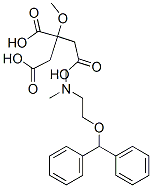
- Chemical Name:Orphenadrine citrate
- CAS:4682-36-4
- MF:C24H31NO8
- Structure:
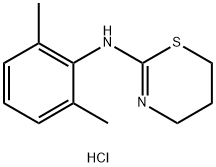
- Chemical Name:Xylazine Hydrochloride
- CAS:23076-35-9
- MF:C12H17ClN2S
- Structure:
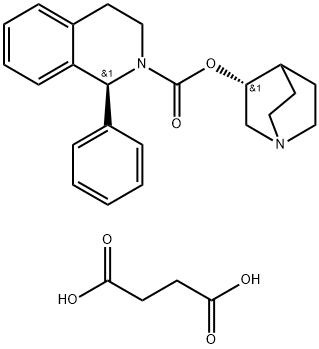
- Chemical Name:Solifenacin succinate
- CAS:242478-38-2
- MF:C27H32N2O6
- Structure:
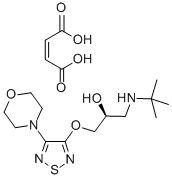
- Chemical Name:(S)-Timolol maleate
- CAS:26921-17-5
- MF:C17H28N4O7S
- Structure:
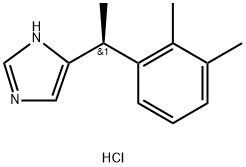
- Chemical Name:Dexmedetomidine hydrochloride
- CAS:145108-58-3
- MF:C13H17ClN2
- Structure:
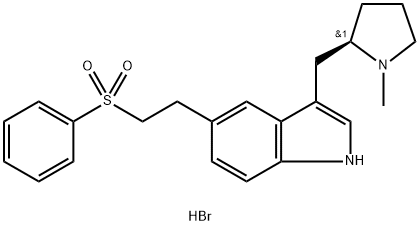
- Chemical Name:Eletriptan hydrobromide
- CAS:177834-92-3
- MF:C22H27BrN2O2S
- Structure:
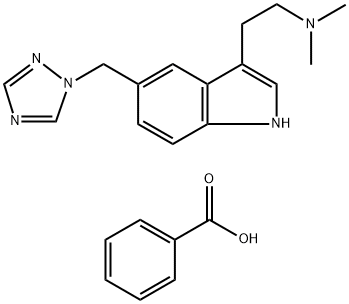
- Chemical Name:Rizatriptan benzoate
- CAS:145202-66-0
- MF:C22H25N5O2
- Structure:
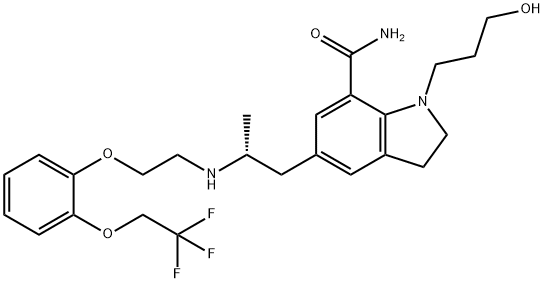
- Chemical Name:Silodosin
- CAS:160970-54-7
- MF:C25H32F3N3O4
- Structure:

- Chemical Name:Lafutidine
- CAS:118288-08-7
- MF:C22H29N3O4S
- Structure:
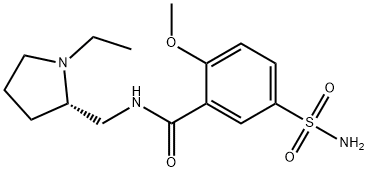
- Chemical Name:Levosulpiride
- CAS:23672-07-3
- MF:C15H23N3O4S
- Structure:
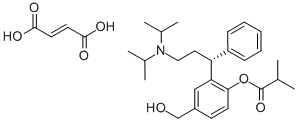
- Chemical Name:Fesoterodinefumarate
- CAS:286930-03-8
- MF:C30H41NO7
- Structure:

- Chemical Name:Histamine dihydrochloride
- CAS:56-92-8
- MF:C5H11Cl2N3
- Structure:
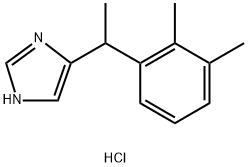
- Chemical Name:Medetomidine hydrochloride
- CAS:86347-15-1
- MF:C13H17ClN2
- Structure:
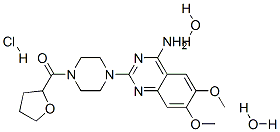
- Chemical Name:Terazosin hydrochloride dihydrate
- CAS:70024-40-7
- MF:C19H30ClN5O6
- Structure:
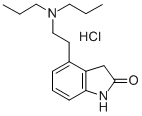
- Chemical Name:Ropinirole hydrochloride
- CAS:91374-20-8
- MF:C16H25ClN2O
- Structure:
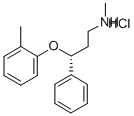
- Chemical Name:Atomoxetine hydrochloride
- CAS:82248-59-7
- MF:C17H22ClNO
- Structure:

- Chemical Name:Detomidine hydrochloride
- CAS:90038-01-0
- MF:C12H15ClN2
- Structure:
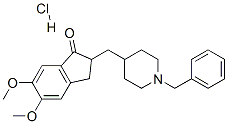
- Chemical Name:Donepezil Hydrochloride
- CAS:120011-70-3
- MF:C24H30ClNO3
- Structure:
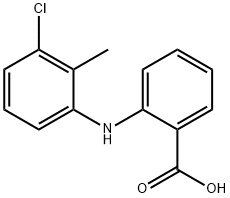
- Chemical Name:Tolfenamic acid
- CAS:13710-19-5
- MF:C14H12ClNO2
- Structure:

- Chemical Name:Trospium chloride
- CAS:10405-02-4
- MF:C25H30ClNO3
- Structure:
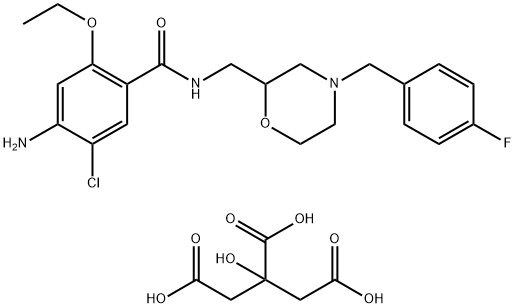
- Chemical Name:Mosapride citrate
- CAS:112885-42-4
- MF:C27H33ClFN3O10
- Structure:
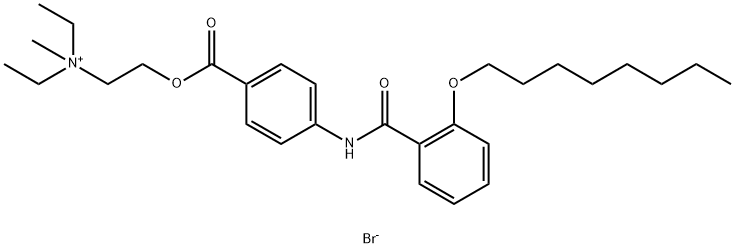
- Chemical Name:Otilonium bromide
- CAS:26095-59-0
- MF:C29H43BrN2O4
- Structure:
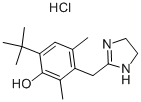
- Chemical Name:Oxymetazoline hydrochloride
- CAS:2315-02-8
- MF:C16H25ClN2O
- Structure:
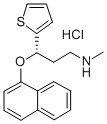
- Chemical Name:Duloxetine hydrochloride
- CAS:136434-34-9
- MF:C18H20ClNOS
- Structure:
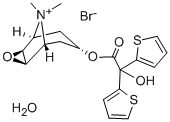
- Chemical Name:Tiotropium bromide hydrate
- CAS:139404-48-1
- MF:C19H22BrNO4S2.H2O
- Structure:
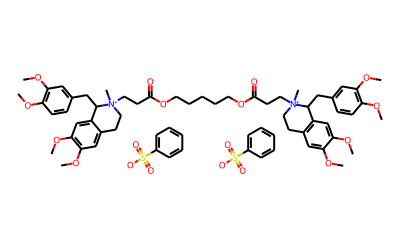
- Chemical Name:Cisatracurium besylate
- CAS:96946-42-8
- MF:C53H72N2O12.2C6H5O3S
- Structure:

- Chemical Name:Ivabradine hydrochloride
- CAS:148849-67-6
- MF:C27H37ClN2O5
- Structure:

- Chemical Name:Bethanechol
- CAS:590-63-6
- MF:C7H17ClN2O2
- Structure:
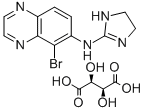
- Chemical Name:Brimonidine Tartrate
- CAS:70359-46-5
- MF:C15H16BrN5O6
- Structure:
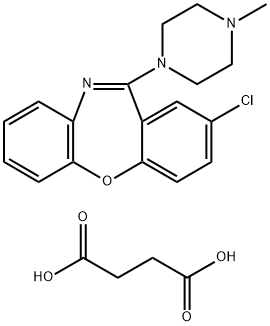
- Chemical Name:Loxapine succinate salt
- CAS:27833-64-3
- MF:C22H24ClN3O5
- Structure:
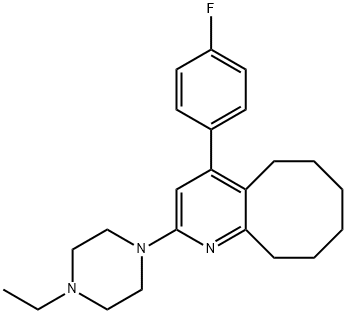
- Chemical Name:Blonanserin
- CAS:132810-10-7
- MF:C23H30FN3
- Structure:
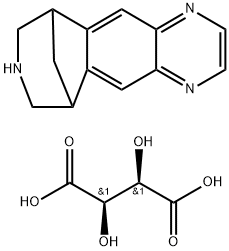
- Chemical Name:Varenicline tartrate
- CAS:375815-87-5
- MF:C17H19N3O6
- Structure:
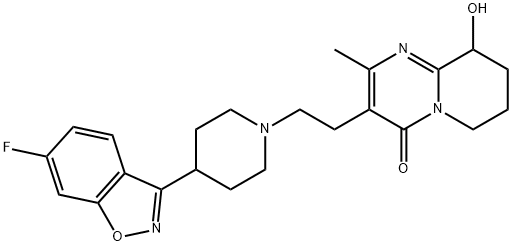
- Chemical Name:Paliperidone
- CAS:144598-75-4
- MF:C23H27FN4O3
- Structure:

- Chemical Name:Memantine HCl
- CAS:41100-52-1
- MF:C12H22ClN
- Structure:
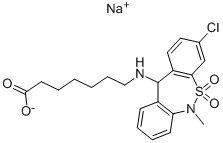
- Chemical Name:Tianeptine sodium salt
- CAS:30123-17-2
- MF:C21H24ClN2NaO4S
- Structure:
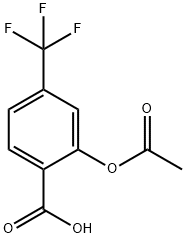
- Chemical Name:Triflusal
- CAS:322-79-2
- MF:C10H7F3O4
- Structure:
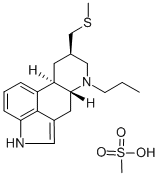
- Chemical Name:Pergolide mesylate salt
- CAS:66104-23-2
- MF:C20H30N2O3S2
- Structure:

- Chemical Name:Tropisetron hydrochloride
- CAS:105826-92-4
- MF:C17H21ClN2O2
- Structure:
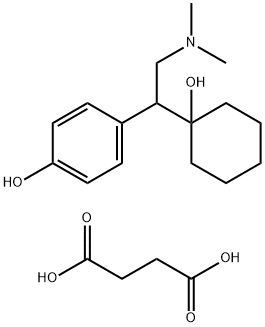
- Chemical Name:Desvenlafaxine succinate
- CAS:386750-22-7
- MF:C20H31NO6
- Structure:

- Chemical Name:SUCCINYLCHOLINE CHLORIDE DIHYDRATE
- CAS:6101-15-1
- MF:C14H34Cl2N2O6
- Structure:
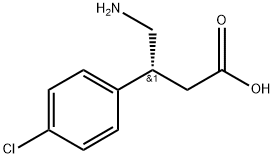
- Chemical Name:(R)-Baclofen
- CAS:69308-37-8
- MF:C10H12ClNO2
- Structure:
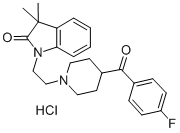
- Chemical Name:LY310762
- CAS:192927-92-7
- MF:C24H27O2N2FHCl
- Structure:
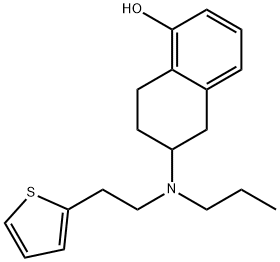
- Chemical Name:1-Naphthalenol, 5,6,7,8-tetrahydro-6-[propyl[2-(2-thienyl)ethyl]amino]-
- CAS:92206-54-7
- MF:C19H25NOS
- Structure:
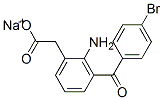
- Chemical Name:Bromfenac sodium
- CAS:91714-93-1
- MF:C15H11BrNNaO3
- Structure:
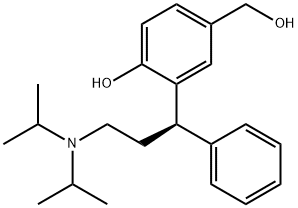
- Chemical Name:(R)-5-HydroxyMethyl Tolterodine
- CAS:207679-81-0
- MF:C22H31NO2
- Structure:
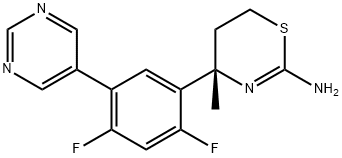
- Chemical Name:LY2811376
- CAS:1194044-20-6
- MF:C15H14F2N4S
- Structure:
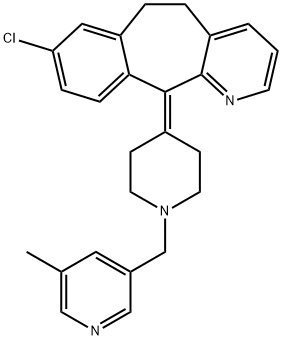
- Chemical Name:Rupatadine
- CAS:158876-82-5
- MF:C26H26ClN3
- Chemical Name:APREPITANT (SUBSTANCE P antagonist)
- CAS:
- MF:
- Structure:
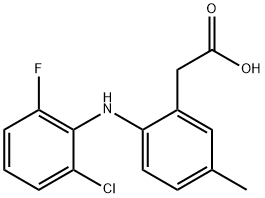
- Chemical Name:LUMIRACOXIB
- CAS:220991-20-8
- MF:C15H13ClFNO2
- Structure:
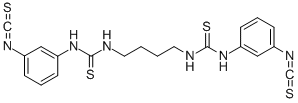
- Chemical Name:MRS 2578
- CAS:711019-86-2
- MF:C20H20N6S4
- Structure:
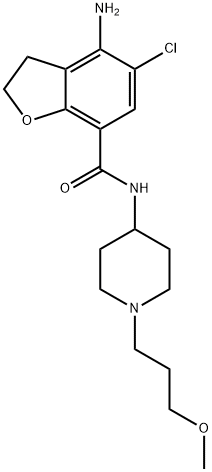
- Chemical Name:Prucalopride
- CAS:179474-81-8
- MF:C18H26ClN3O3
- Structure:

- Chemical Name:Mirabegron
- CAS:223673-61-8
- MF:C21H24N4O2S
- Structure:
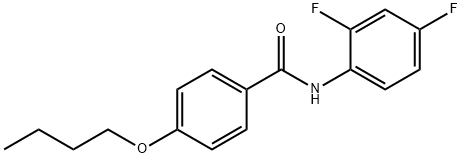
- Chemical Name:VU 0357121
- CAS:433967-28-3
- MF:C17H17F2NO2
- Structure:
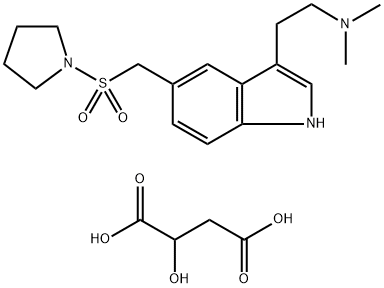
- Chemical Name:ALMOTRIPTAN
- CAS:181183-52-8
- MF:C21H31N3O7S
- Structure:
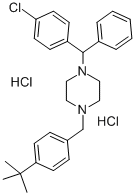
- Chemical Name:BUCLIZINE, DIHYDROCHLORIDE
- CAS:129-74-8
- MF:C28H35Cl3N2
- Structure:

- Chemical Name:B7-33 2mg/5mg/10mg
- CAS:1818415-56-3
- MF:C131H229N41O36S
- Structure:
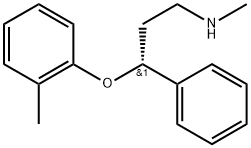
- Chemical Name:(R)-Tomoxetine
- CAS:83015-26-3
- MF:C17H21NO
- Structure:
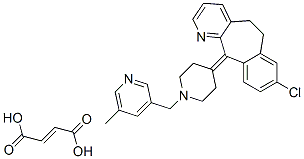
- Chemical Name:Rupatadine Fumarate
- CAS:182349-12-8
- MF:C26H26ClN3.C4H4O4
- Structure:
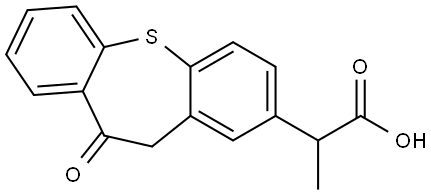
- Chemical Name:10,11-Dihydro-alpha-methyl-10-oxo-dibenzo[b,f]thiepin-2-acetic acid
- CAS:74711-43-6
- MF:C17H14O3S
- Structure:
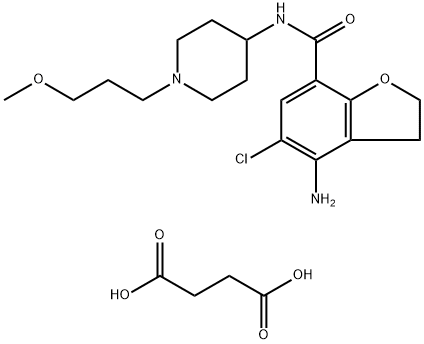
- Chemical Name:Prucalopride Succinate
- CAS:179474-85-2
- MF:C22H32ClN3O7
- Structure:
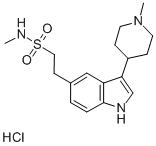
- Chemical Name:Naratriptan Hydrochloride
- CAS:143388-64-1
- MF:C17H25N3O2S.ClH
- Structure:
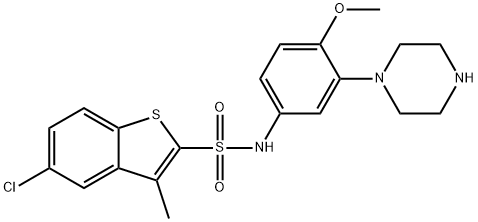
- Chemical Name:SB271046
- CAS:209481-20-9
- MF:C20H22ClN3O3S2
- Structure:
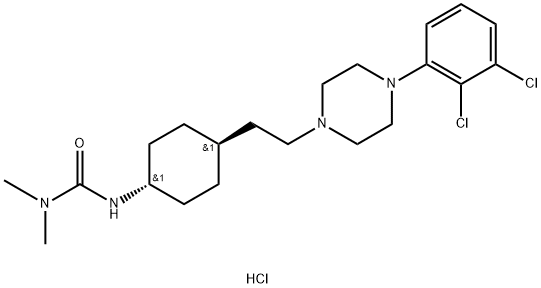
- Chemical Name:Cariprazine hydrochloride
- CAS:1083076-69-0
- MF:C21H33Cl3N4O
- Structure:
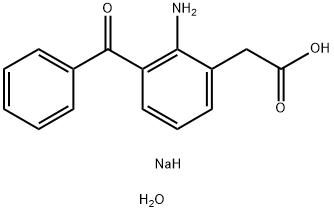
- Chemical Name:Fenazox
- CAS:61618-27-7
- MF:C15H16NNaO4
- Structure:
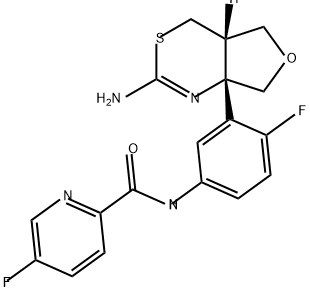
- Chemical Name:LY2886721
- CAS:1262036-50-9
- MF:C18H16F2N4O2S
- Structure:
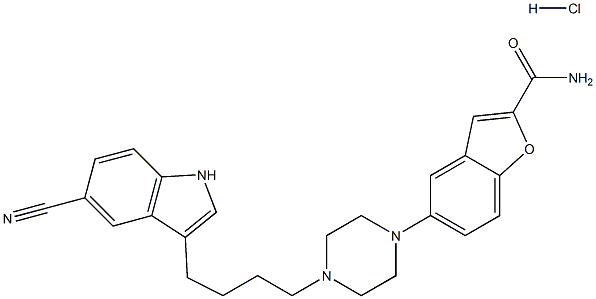
- Chemical Name:Vilazodone Hydrochloride
- CAS:163521-08-2
- MF:C26H28ClN5O2
- Structure:
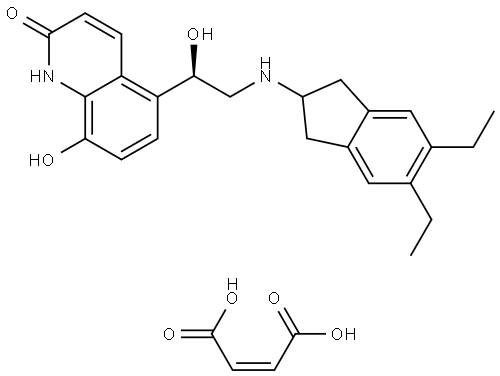
- Chemical Name:Indacaterol Maleate
- CAS:753498-25-8
- MF:C24H28N2O3.C4H4O4
- Structure:

- Chemical Name:LasMiditan
- CAS:439239-90-4
- MF:C19H18F3N3O2
- Structure:
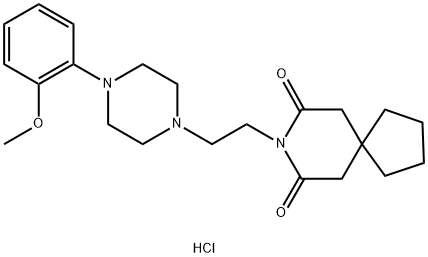
- Chemical Name:BMY 7378 DIHYDROCHLORIDE
- CAS:21102-95-4
- MF:C22H32ClN3O3
- Structure:
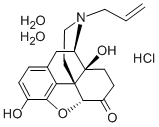
- Chemical Name:Naloxone hydrochloride dihydrate
- CAS:51481-60-8
- MF:C19H26ClNO6
- Structure:
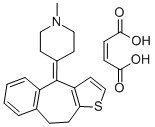
- Chemical Name:Pizotifen Malate
- CAS:5189-11-7
- MF:C23H27NO5S
- Structure:
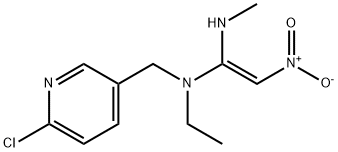
- Chemical Name:Nitenpyram
- CAS:150824-47-8
- MF:C11H15ClN4O2
- Structure:
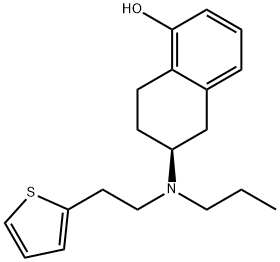
- Chemical Name:ROTIGOTINE
- CAS:99755-59-6
- MF:C19H25NOS
- Structure:
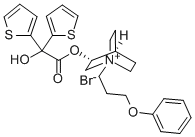
- Chemical Name:Aclidinium bromide
- CAS:320345-99-1
- MF:C13H10BrN
- Structure:
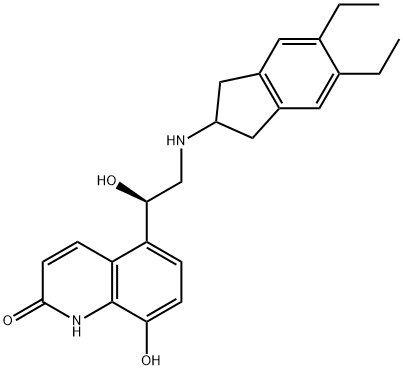
- Chemical Name:Indacaterol
- CAS:312753-06-3
- MF:C24H28N2O3
- Structure:
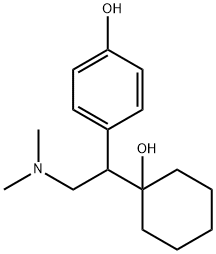
- Chemical Name:O-Desmethylvenlafaxine
- CAS:93413-62-8
- MF:C16H25NO2
- Chemical Name:Dexmedetomidine
- CAS:
- MF:C13H16N2
- Structure:
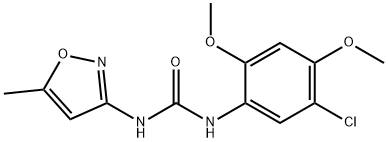
- Chemical Name:N-(5-CHLORO-2,4-DIMETHOXYPHENYL)-N'-(5-METHYL-3-ISOXAZOLYL)-UREA
- CAS:501925-31-1
- MF:C13H14ClN3O4
- Structure:
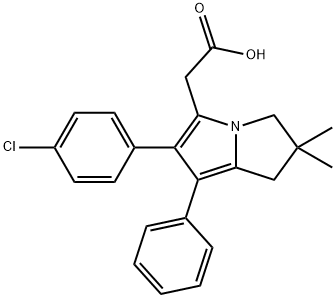
- Chemical Name:Licofelone
- CAS:156897-06-2
- MF:C23H22ClNO2
- Structure:
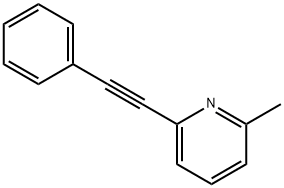
- Chemical Name:MPEP
- CAS:96206-92-7
- MF:C14H11N
- Structure:
- Chemical Name:IFENPRODIL HEMITARTRATE
- CAS:23210-58-4
- MF:C25H33NO8
- Structure:

- Chemical Name:Nebivolol hydrochloride
- CAS:152520-56-4
- MF:C22H26ClF2NO4
- Structure:
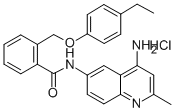
- Chemical Name:JTC 801
- CAS:244218-51-7
- MF:C26H25N3O2.ClH
- Structure:
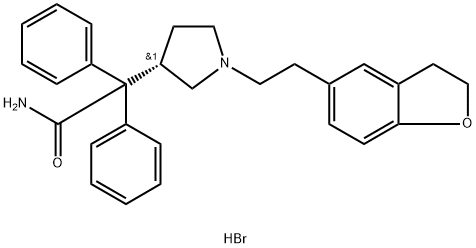
- Chemical Name:Darifenacin hydrobromide
- CAS:133099-07-7
- MF:C28H31BrN2O2